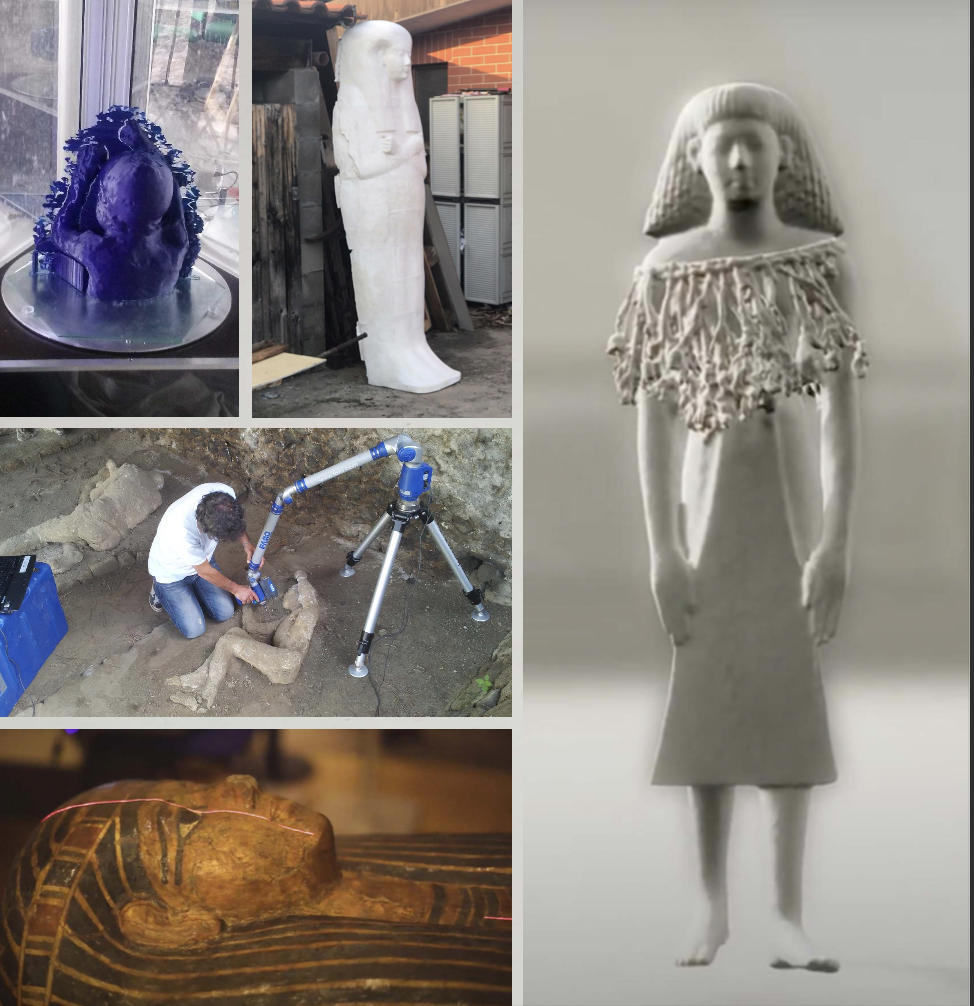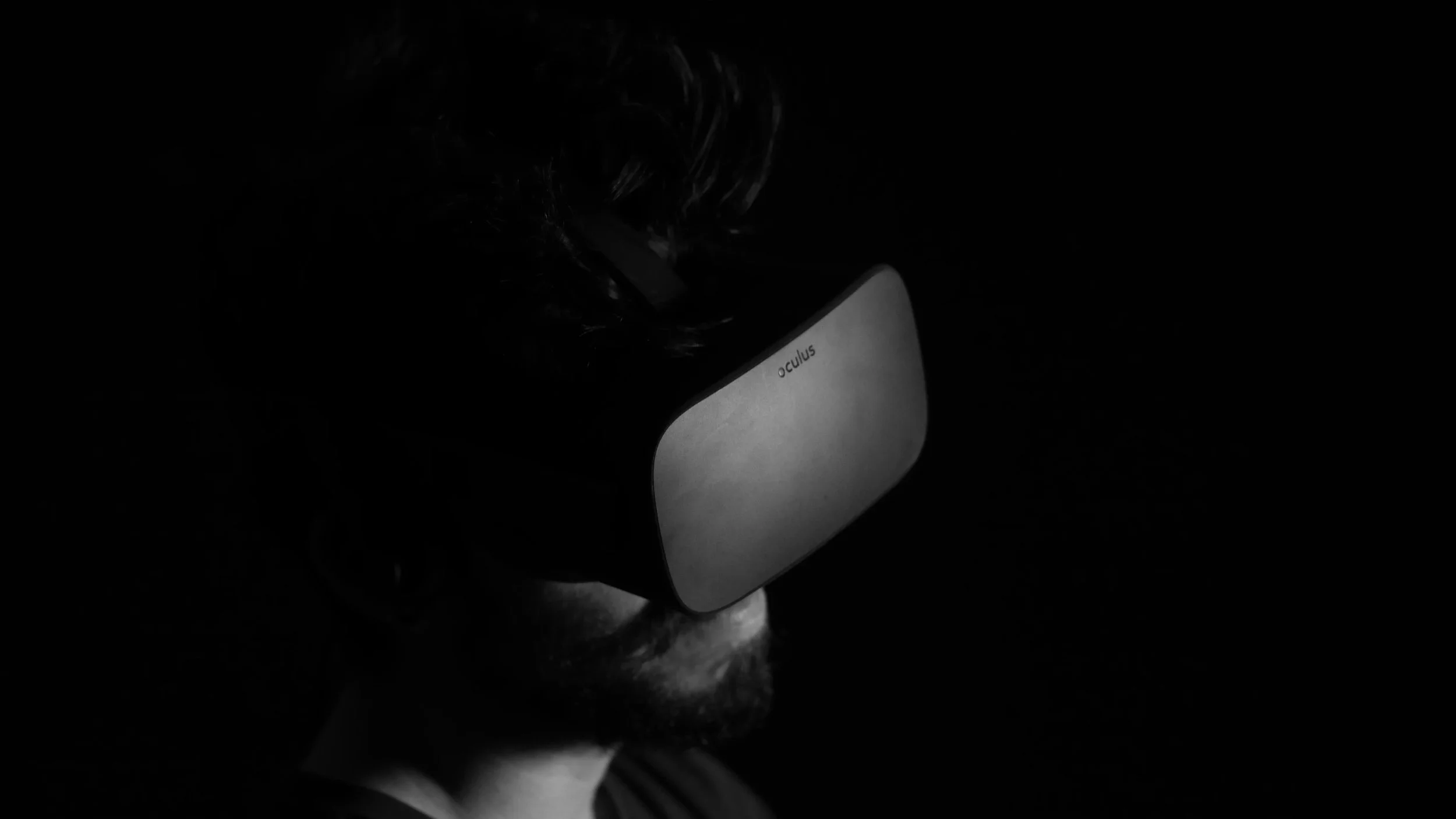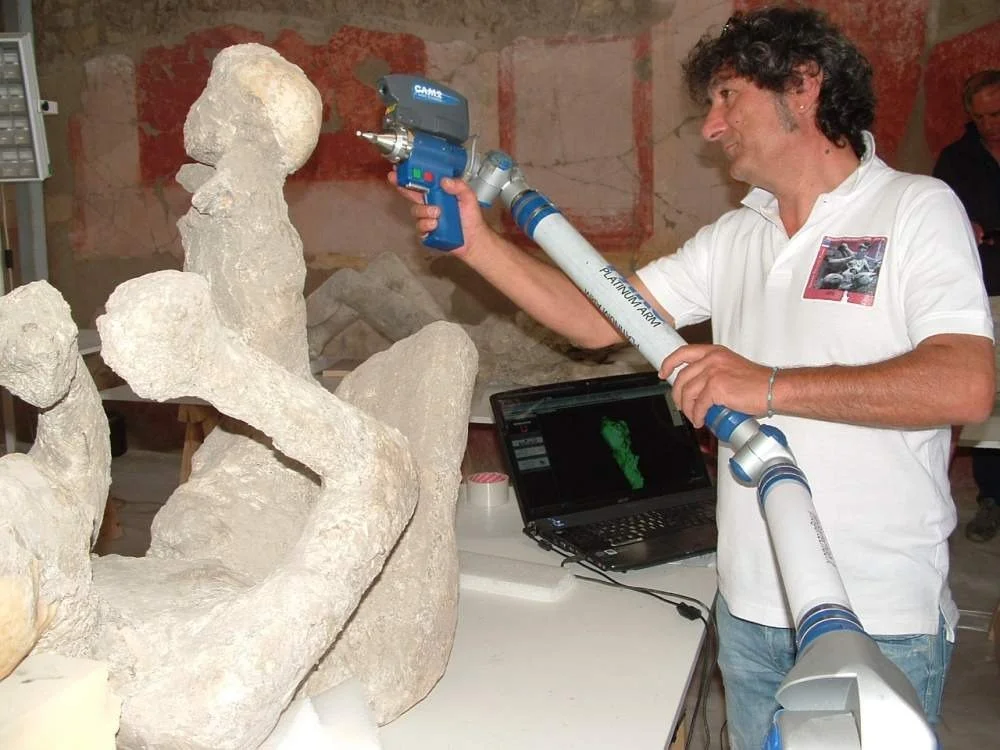Butehamon’s Sarcophagus
The Immersive Experience
At the Egyptian Museum in Turin, Italy, in collaboration with Robin Lab we've brought the ancient scribe Butehamon's world to life through an immersive digital experience.
Combining 3D technology with projection mapping, we aimed to transform scientific data into an engaging narrative, inviting visitors to interact with history in a dynamic and accessible way.

The immersive exhibition at the Egyptian Museum, Turin, Italy
It's easy to forget the amount of time, effort, and expertise that go into uncovering and preserving historical artefacts. - this is your content. Through innovative technology, the exhibition provides an immersive experience that emphasised the importance of preserving the Museum’s cultural heritage.
Central to our display is Butehamon's sarcophagus, serving not just as an artefact but as a blank canvas for a digital storytelling.

Robin Lab services
The Scribe Butheamon was an important figure in ancient Egyptian society, responsible for recording and documenting significant events and transactions.
Using the information gathered through 3D scans and Photogrammetry, the Robin Lab team created a life-size 3D printed replica of the coffin that intentionally retaining its uncoloured appearance that served as al blank canvas for the projection mapping digital storytelling.
The immersive experience was crafted using the following 3D technologies:
3D Scanning and Modelling: For precise digital replicas of historical objects.
Large-Scale 3D Printing: To recreate artifacts in full size, enriching visitor interaction.
Photogrammetry: Achieving detailed and textured reproductions through advanced photography.
Projection Mapping: Animating historical narratives, this technique transforms static exhibits into engaging stories.ing.
This installation has now been added to the museum's permanent collection.
Projection Mapping
What is projection mapping?
Spatial Augmented Reality (SAR), also known as Projection Mapping, involves projecting digital content onto physical objects or surfaces. Once the mapping is complete, high-powered projectors are used to project images, videos, or animations onto the surface of the object.
Once the mapping is complete, high-powered projectors are used to project images, videos, or animations onto the surface of the object. Projection mapping works by taking advantage of the principles of perspective and optical illusion,
In the Sarcophagus of Butehamon immersive experience each projection depicts a different aspect of its historical and scientific journey, immersive visitors into the artefact's story, and significance.








